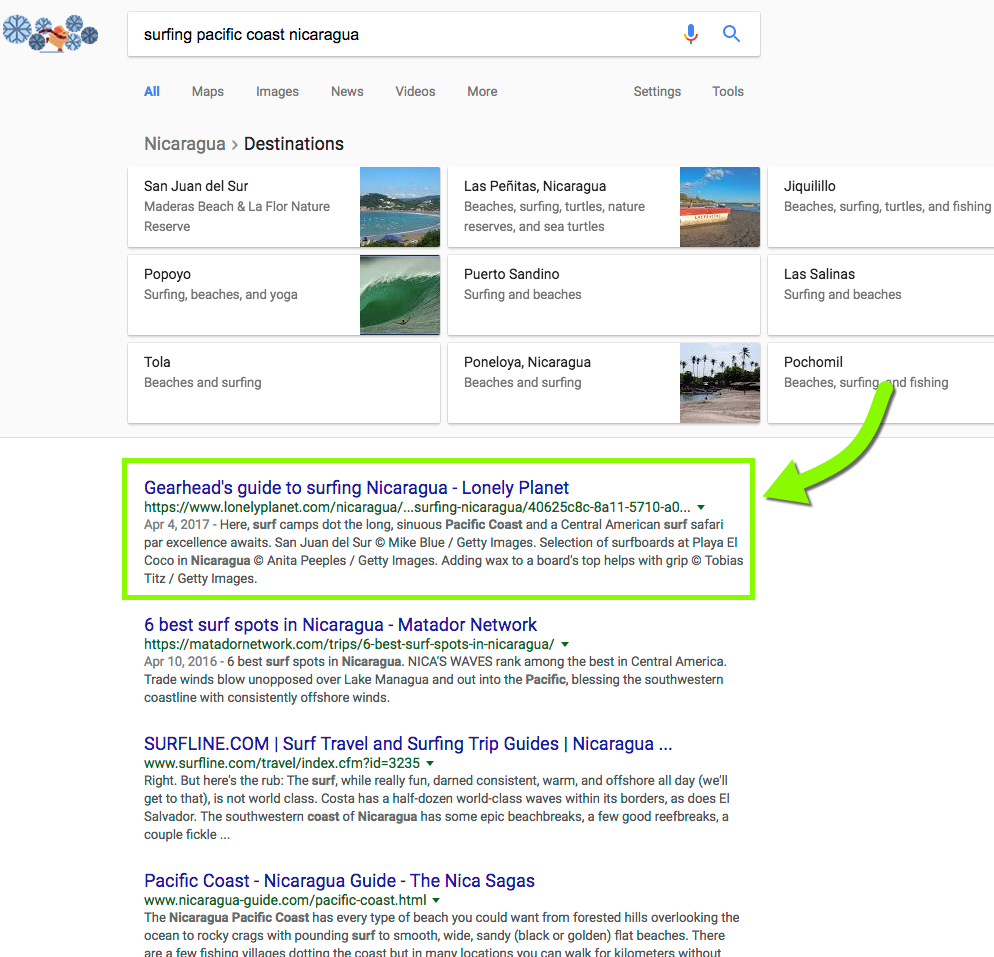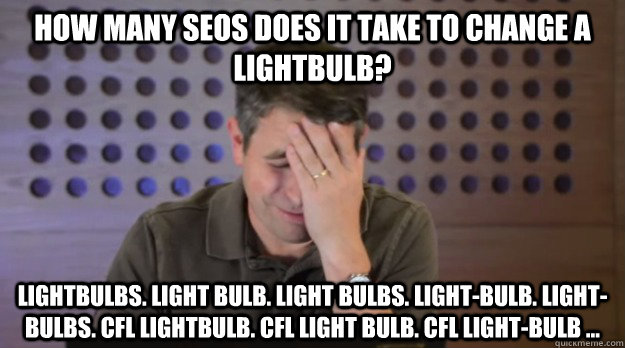How do I rank #1 in search engine result rankings?

How do I get to the top of the list?
Search rankings are just like any other competition, there can only be one #1. And being #1 at anything usually requires a great deal of hard work, patience and some luck. The same generally applies to websites and search engine rankings. A website doesn’t become #1 in search results because of some “secret magic code” hidden in the bowels of the site. You’ve got to work at it.
Instead of focusing on #1, it’s best to focus on what is known about search engines and how they rank sites. In the end, search engines rank sites based on their own determinations, which change over time. In addition to our SEO FAQ page, below are some time-tested, practical things you can do for good ranking:
Create Quality Site Content on a Regular Basis
It may sound silly, but one of the biggest things you can do to help your site’s SEO ranking is to simply create good quality content (posts/pages) on a regular basis. The more often you post new content to your site, the more content search engines will see when they index your site. When you create the content, make sure that it reads naturally for potential visitors to your site. Don’t use a bunch of garbled text that is meant to trick search engines – they’re wise to this technique and have been known to penalize sites for going off the deep end with keyword stuffing.

Search engine companies themselves say that the best long-term SEO strategy is to create content geared towards real visitors to the site, not search engines. Search engines are constantly getting smarter and changing how they collect information from sites and rank them. So if you spam your site with a cluster of keywords in a way that doesn’t make sense to normal people just to try chasing search engines, you’ll be chasing a moving target.
Instead, make content that you’d want to read if you visited your own site. In the end, if it looks nice and reads well, search engines will reward you. Chances are that you’re a photographer posting images in your posts. The title of your blog post is an important bit of text for that post, but don’t forget about your content, too! If you can, write something for your visitors to read inside your post, and search engines will have some text to index for search.
Remember to write content for people, making natural use of any locations, words, or phrases that might be important to readers and relevant to the post you’re working on. It doesn’t make much sense placing the words “wedding photographer” in a post about a newborn you photographed… put phrases like those in your wedding posts, and in normal sentences.
Links Pointing to Your Site
One of the biggest things that will affect how well you rank has to do with how many other reputable websites link to your website. Search engines count links from other websites kind of like “votes” (Google calls this “PageRank”) and often, sites with a lot of links pointing back to them will rank higher. Think of this as being popular.
Try to get other sites to link to your site. If you have other websites, or friends with other websites, try to build links pointing at your site from them. Get active on social media and share your blog posts on Facebook, Twitter, etc. so that others can share and link your posts. Maybe issue a press release for your local newspaper site featuring your business. Get active in photography forums online or wedding services sites, linking to your site when appropriate. Setup advertising on other websites so your site is linked from theirs, e.g. paid linking through Google AdWords.
This is simple promotion of your site – get your name out there.
Specific Site Title/Tagline
The “Site Title” is the best place to feature the name of your business, since it ends up integrated into pretty much every page of your site. Your Site Title should almost always be (or include) your business name, so fill that in here in WordPress:
“Settings” > “General” > “Site Title”
For example, Jared Henderson Photography would be a short, descriptive Site Title. This isn’t a place to pack a bunch of keywords or complicated phrases – short and sweet.
Then, Tagline is a great place for a short description of where you are or what your business is about. Fill in a short description here:
“Settings” > “General” > “Tagline”
How long should this text be? No greater than 160 characters. (including spaces) Google and other search engines will cut off your text after about 160 characters, so going long here is a bad idea.
It’s important to have 2 or 3 of your most important key words/phrases in your site’s Tagline. Again, resist the urge to stuff this area with keywords, it’s supposed to help people figure out what the page/site is about before they click in. Make them interested to see what you’re site is about!
It’s a good idea to mention your location here. For example, you might want to rank for something specific like “Holland Michigan Wedding Photographer” rather than “Holland Photographer” or “Wedding Photographer” or just “Photographer”. Search engines are smart and will figure out the location and match it when nearby areas are searched.
As an example of description text: Twenty years of experience specializing in modern wedding and newborn photography for Holland Michigan sets the business apart from the competition, mentions your specialties, and features the geographical location in one short sentence.
Include your address and set up Google Maps
In addition to mentioning your location, as described above, it is also helpful to include the actual address of your business somewhere on your site. (One easy way to do this is to add a text widget containing your physical address to the footer area of your site.) In addition, it’s also a good idea to add your business to Google Maps. Doing these things gives Google more items to index and reference when trying to match up similar search terms.
Solicit ratings for your business on other sites
Another thing that you can do to try and give Google another reference point for your site is to solicit ratings for your business. If your site is set up on Google Maps (as described above), Yelp, or has a Facebook business page, try and get past customers to rate your business. This is just one more piece of information that Google has access to when providing appropriate search results. And if those searching see you are well rated, they might be more likely to click through, which will in turn make your site more popular and can move it up search rankings.
Use a mobile-friendly layout
Google will boost the ranking of mobile-friendly sites when people are searching on their phones, so it’s important for your website to work well on small screens. Zooming in/out to read text or see images ruins the user experience for your site, so ProPhoto content areas all flow, grow, shrink or change as the site is viewed in from smaller and smaller devices. The site will “responsively” flow by default, but you have options that you can change by device type in the “Customizer > Layout” area. Make sure to set up your mobile menu how you want in “Customizer > Menus.”
Patience
Search engines sometimes take days, even weeks to crawl and index a site. Be aware that any changes made to your site aren’t going to instantly change your ranking. (See our Google Search Console guide for information about indexing your changes with that service.) Also, the longer a site has been around, and the more frequently people visit the site after searching a certain term, the more likely a search engine will respect it. It takes time to build up a bunch of quality content, too. Long story short, you probably won’t be the #1 ranked site for highly competitive terms like “New York Wedding Photography” the day after you start a new site – it takes time! 🙂



